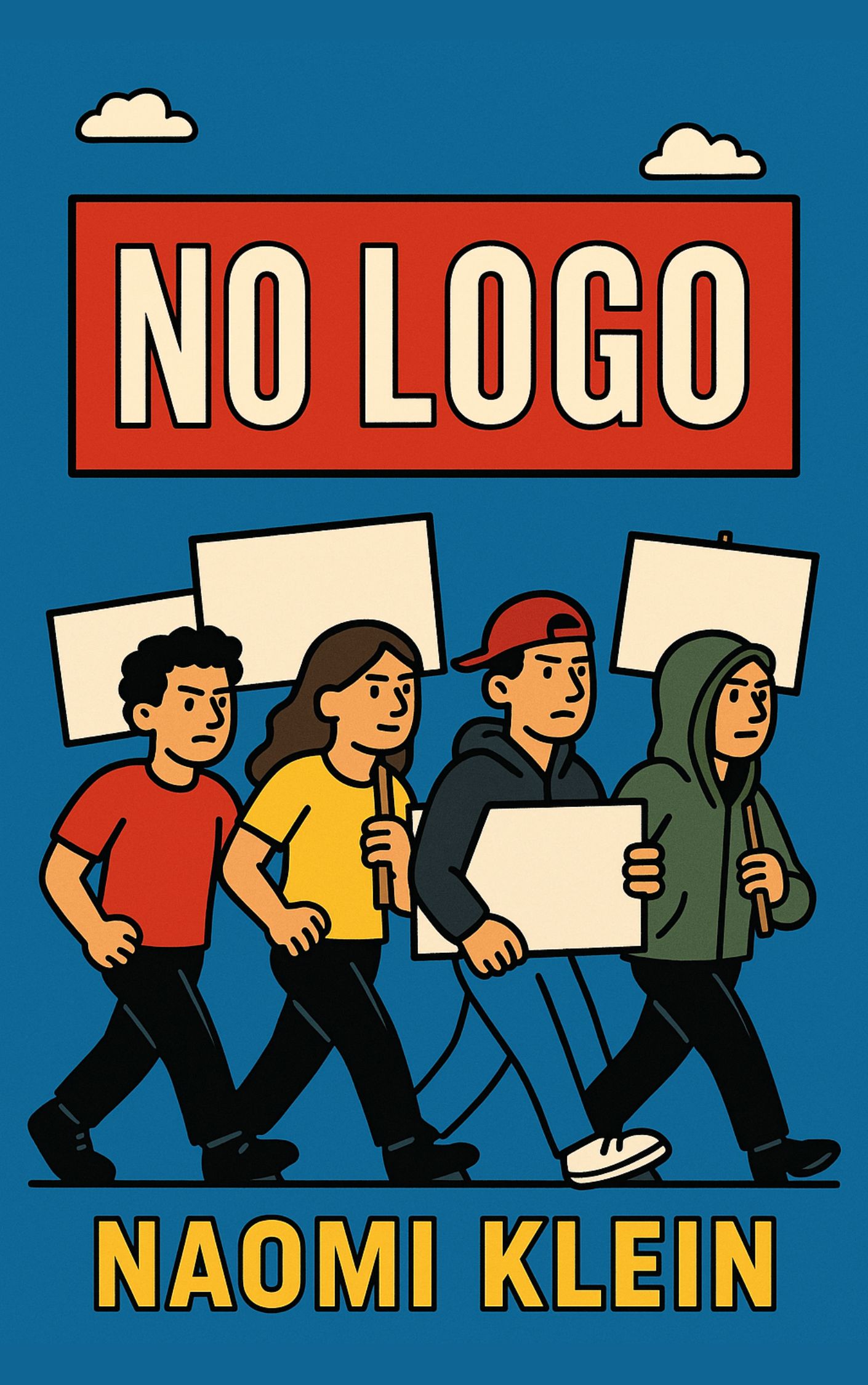Description
In today’s world, brands are everywhere. They are not just selling products—they are selling identities, lifestyles, and ideas. The modern brand thrives on appearing “cool,” which often means borrowing from youth subcultures. From music and fashion trends to street art and slang, companies take what young people create and turn it into something marketable. This cycle is especially strong because younger generations have become the primary targets for many brands, replacing older consumers who seek cheaper options. By adopting elements from subcultures like punk, grunge, and hip-hop, brands manage to blend rebellion with commerce, creating a version of “cool” they can sell back to the masses.
Brands survive only if they are constantly visible and adapting. They need to grow and refresh their image or risk fading away. The competition for attention is fierce, and marketing is relentless. Companies sponsor everything from sporting events to school programs, embedding themselves into everyday life. Even educational materials can carry subtle brand placements. This constant presence keeps them relevant but also makes them impossible to ignore.
Interestingly, the actual product is often less important than the brand’s identity. Instead of competing on price or quality alone, many companies focus on selling a feeling, a set of values, or an image. Nike, for example, spends far more on marketing than on manufacturing. They position themselves as promoting empowerment, sports, and healthy lifestyles rather than just selling sneakers. This emotional connection creates loyalty, sometimes even more than the product itself could.
When it comes to growth, many big brands use aggressive tactics to dominate markets. Some rely on overwhelming scale and low prices, like large retail chains that can force competitors out of business. Others, such as coffee chains, saturate areas with multiple locations, even at the expense of their own sales, to push out smaller competitors. High-end brands may create extravagant flagship stores in prime city locations—part store, part advertisement—to keep their image alive in consumers’ minds.
However, this expansion comes at a cost—especially for workers. Many multinational companies follow the “Nike Model,” outsourcing production to developing countries where labor is cheap. Factories in these countries often exist in special zones where labor protections are minimal or nonexistent. Workers, often young women, endure long hours, low wages, and harsh conditions. Some face invasive requirements, like proving they aren’t pregnant to keep their jobs. These practices strip away worker rights and create cycles of exploitation.
The effects are also felt in developed countries. As manufacturing jobs moved overseas, many stable, well-paying positions disappeared. They were replaced by low-paid, temporary, or part-time service jobs, sometimes called “McJobs.” Union membership dropped, job security weakened, and companies began avoiding long-term commitments to employees. Workers became more replaceable, and loyalty between employer and employee eroded.
Another consequence of brand dominance is the shrinking variety of consumer choices. Through mergers, acquisitions, and partnerships, brands create powerful networks that can control entire markets. This “synergy” means a company might own the production, distribution, and retail channels for its products. They can decide which products are available to the public and which are not. Retail giants can use this power to impose their own standards, removing content they consider unsuitable, even pressuring artists to change their work to gain shelf space.
As brands expand their reach, they also become bigger targets for criticism. Activists often focus their campaigns on well-known brands because they are visible and symbolic. By linking issues like sweatshops, environmental harm, or unethical marketing directly to a brand’s name, activists can spark public outrage. This is more effective than targeting an anonymous corporation because people already have an emotional connection—positive or negative—to the brand.
One powerful activist tactic is “culture jamming,” which uses the brand’s own visibility against it. Activists may alter advertisements, slogans, or logos to expose hidden truths or criticize unethical practices. These subverted messages can quickly spread, turning the brand’s marketing into a tool for its opposition.
The book’s central message is clear: since the 1980s, branding has moved beyond simply selling goods. It has become about selling ideas, identities, and lifestyles. In doing so, brands have gained enormous cultural and political power, often more than governments. This has allowed them to shape consumer behavior, control markets, and influence culture—while also creating vulnerabilities that activists can exploit.
The rise of branding has brought both connection and conflict. On one hand, brands offer shared symbols and values that many people identify with. On the other, their dominance can limit choice, exploit workers, and shape society in ways that serve corporate interests rather than public good. As long as brands remain central to culture, the struggle between their power and the pushback from activists will continue.





